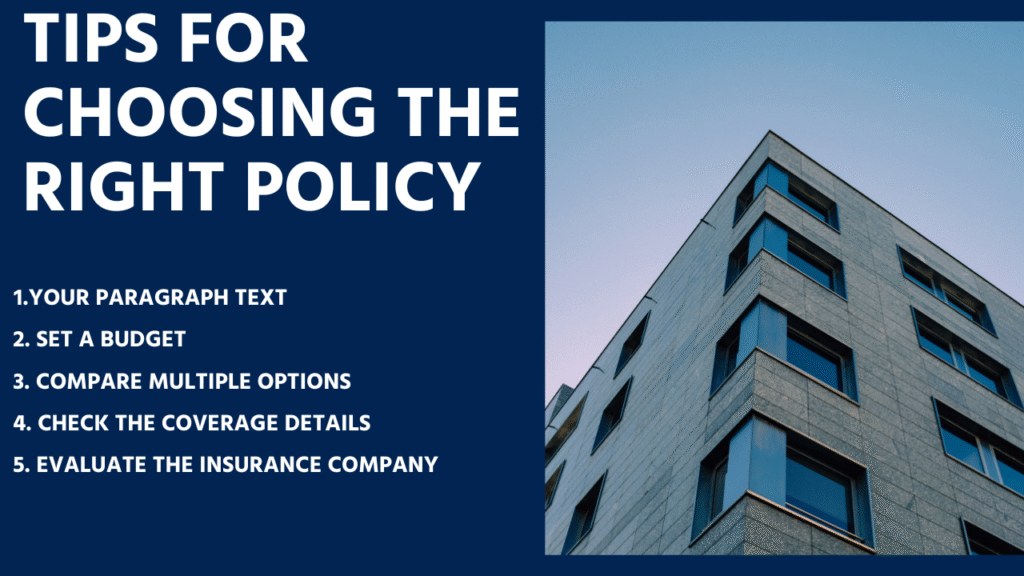Purchasing a home is one of the largest economic decisions most people will ever make. Although it is a milestone to be celebrated, there are associated responsibilities with it such as one of those is to secure property against sudden disasters. This is where homeowners insurance comes in. It guards you financially against fire, wind, theft, and even cases where a person has an accident in your property and even prosecuted. This coverage is now needed more than ever since the premiums continue to rise regularly. According to National Association of Insurance Commissioners (NAIC), in the year 2023, a 10.5 percent increase of premia was due to the rising risks as well as increase in the construction costs which was due to inflation. Knowing the details of the homeowner insurance may prevent the costly errors and lead you to the acceptance of the insurance you actually need.
What Does Homeowners Insurance Cover?
These policies are designed to cover different aspects of your home and life. A standard policy generally includes:
- Dwelling coverage: insures physical structure of your house such as walls, roof, foundation.
- Other structures: sheds, fences, and detached garages.
- Personal property: covers personal properties such as furniture, electronics and clothing in case of damage or theft.
- Liability protection: covers the individual who sues you after he or she is injured in your property.
- Additional living expenses (ALE): pays for temporary housing and meals if you can’t live in your home due to covered damages.
But not all losses are equal. The average fire damage claim is almost 80,000 dollars, and the wind and hail or hail are about 11,000 dollars and the water claims are approximately 10,000 dollars each on average as reported by the Insurance Information Institute (III). These figures explain the importance of being covered extensively. One event could devastate your savings without the right insurance.
Types of Homeowners Insurance Policies
There isn’t just one kind of homeowners insurance policy. The type you need depends on your living situation and home type. Here are the main ones:
- HO-1 & HO-2: basic policies that provide limited coverage against a specific list of risks.
- HO-3: the most popular option, covering your home and belongings against a wide range of perils. In fact, 79% of owner-occupied homes in the U.S. are covered by HO-3 policies (NAIC).
- HO-4: renters insurance, protecting personal belongings and liability but not the building itself.
- HO-6: designed for condo owners.
- HO-8: made for older homes that may not meet modern construction standards.
The type depends on the property, risk exposure and need of finances.
📊 Stat: HO-3 policies are used by 79 percent of owner-occupied residencies (NAIC).
Real-life example: Young family, own home in the suburbs typically takes HO-3. A luxury homeowner who plans to insure their jewelry and art may prefer the greater coverage of HO-5.
Is Homeowners Insurance Required?
On a legal basis, homeowners insurance is not compulsory in the U.S. But your lender will nearly always want it, though, if you take out a mortgage. They need to be protected over their investment as much as you do. If your policy lapses, the lender may impose what’s called lender-placed insurance, a policy arranged by them, which often costs more and provides less coverage. According to Bankrate and Policygenius, lender-placed insurance can be nearly double the price of a standard homeowners policy. Home ownership without insurance can be very costly, as you could be left to face large repair and reinstatement bills.
How Much Does Homeowners Insurance Cost?
Insurance can be expensive depending on where you live, the value of the home you are living in, the nature of the construct and even, your credit status. The mean result reveals that just 5.3 percent of homes with insurance had a claim in 2021, yet the cost of claims that had been filed was high (III).
Your deductible also shapes your premium. Rather than a flat deductible, however, most insurers calculate deductibles as a percentage of your home insurance, usually between 1-2 percent of its insured value, Travelers documents. On a house worth 300 thousand dollars, it may require an out-of pocket payment of 3-6 thousand dollars, which is then covered by insurance.
The location is also a very large factor. Houses in high risk areas of hurricanes, wild fires, or floods get higher premiums. Take the example of states such as Florida and Louisiana which are in the lead as the states with the highest property owners insurance because of the occurrence of natural calamities.
Common Mistakes Homeowners Make
Even when people buy insurance, many still leave themselves vulnerable by making common errors:
- Assuming flood damage is covered: Standard homeowners insurance does not cover floods. You need a separate flood insurance policy. Surprisingly, 40% of flood insurance claims come from outside high-risk areas (FEMA).
- Skipping flood insurance despite risks: According to the Congressional Budget Office (CBO), over 90% of vulnerable homes do not carry flood insurance, leaving millions of families at risk.
- Underinsuring the home: Some homeowners insure only part of the home’s value to save money, but this creates major problems when filing a claim.
- Focusing only on price: The cheapest policy may leave dangerous coverage gaps that cost more in the long run.
Tips for Choosing the Right Policy
Selecting the appropriate policy on homeowners insurance involves more than creating a comparison of the premiums. Review these helpful hints:

- Compare coverage, not just price: A policy that is a bit more expensive may cover more uncertainties.
- Understand replacement cost vs. actual cash value:Replacement cost includes rebuilding at today’s cost, the actual one takes depreciation into consideration.
- Look at insurer reputation: You want good financial ratings and quality customer service reviews.
- Buy packages: Purchasing both auto and home insurance together can save you a lot of money. Progressive states that homeowners can save up to 25 percent a year by bundling.
- Check and review coverage: Since the value of your home and personal property rises, it is a good idea to review your policy to meet it.
Conclusion : Protecting Your Biggest Investment
Homeowners insurance is not just a money product, it is a protection of your future. Increasing risks and premiums is a strong reason to make the right choice. Give yourself the time to learn what they cover, compare policies and consider add-ons such as flood insurance. Above all, keep in mind this advice: what is least expensive is not always the best. When you are proactive and informed, you can get a peace of mind policy and keep your home the center of your life in a secure and fixed manner.
FAQs – Quick Answers You Need
Is homeowners insurance required for a mortgage?
Yes, nearly all lenders require it. If you don’t have coverage, they may add costly lender-placed insurance (Policygenius).
How much homeowners insurance do I need?
Aim for at least 100% of your home’s rebuild cost, not just its market value (Travelers).
What’s the difference between named perils and open perils?
Named = only what’s listed. Open = everything except exclusions.
Replacement Cost vs Actual Cash Value?
RCV pays for full rebuild/replacement. ACV deducts for depreciation (III).
Does homeowners insurance cover flood damage?
No, you’ll need NFIP or private flood insurance (FEMA).




